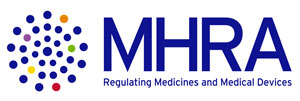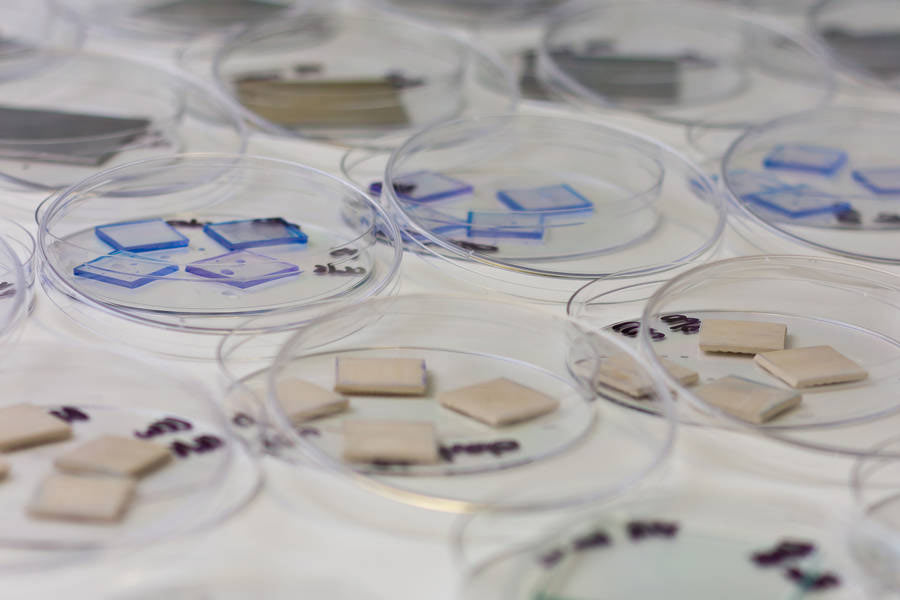Corynebacterium propinquum
Corynebacterium propinquum

Corynebacterium is a gram-positive and aerobic genus of bacteria. They are rod shaped and in some phases of life they are club-shaped, hence the genus name as coryneform means "club-shaped". They are highly pleomorphic and morphologically occurring in various lengths and they frequently have thickenings at either end, depending on the surrounding conditions.
Corynebacteria grow slowly, even on enriched media and they all need biotin to grow. As with various species of a microbiota, they usually are not pathogenic but can occasionally capitalize opportunistically on atypical access to tissues. This is usually via wounds or weakened host defences.
Corynebacterium species occur commonly in nature in the soil, water, plants, and food products. The non-diphtheiroid Corynebacterium species can be found in the mucosa and normal skin flora of humans and animals.
Corynebacterium propinquum (C. propinquum) mainly colonizes the oropharyngeal region of the upper respiratory tract. They are mostly innocuous and widely distributed in nature in the microbiota of humans and animals.
Identifying Corynebacterium in a pharmaceutical environment is quite common, due to their prevalence in range of environments. Not only are they part of the human microflora, but can also originate from water or external contamination brought into the cleanroom.
In the instance of identifying Corynebacterium propinquum, this may require the reaffirmation of effective gowning and sampling technique. It could be that Corynebacterium are typical of the cleanroom flora, hence reviewing the general trend and routinely identified organisms is essential. Honeyman Microbiologists develop an understanding of which organisms are typical for a particular client, a notable shift in the flora could be a cause for concern. Communicating and pin-pointing why this shift has occurred can be important in root cause analysis and remedial actions.
If you require any advice, our expert Microbiologists can provide consultation to support remedial actions. We routinely perform environmental monitoring. Our Microbiologists offer the experience required to interpret the environmental flora and identify anything unexpected or out of specification.
Our Customers:
























